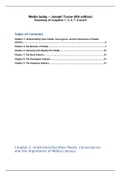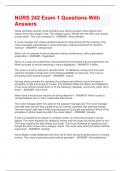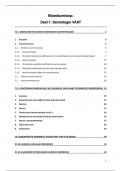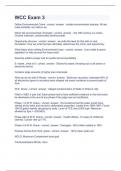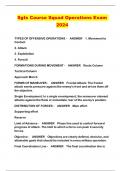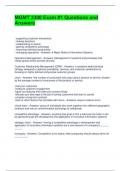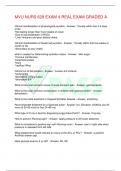Samenvatting
Media Today summary chapter 1, 3, 4, 7, 8, 9
Samenvatting van het boek Media Today - Joseph Turow (6e editie) van de hoofdstukken 1, 3, 4, 7, 8 en 9 met alle belangrijke informatie duidelijk, beknopt en overzichtelijk samengevat.
[Meer zien]
